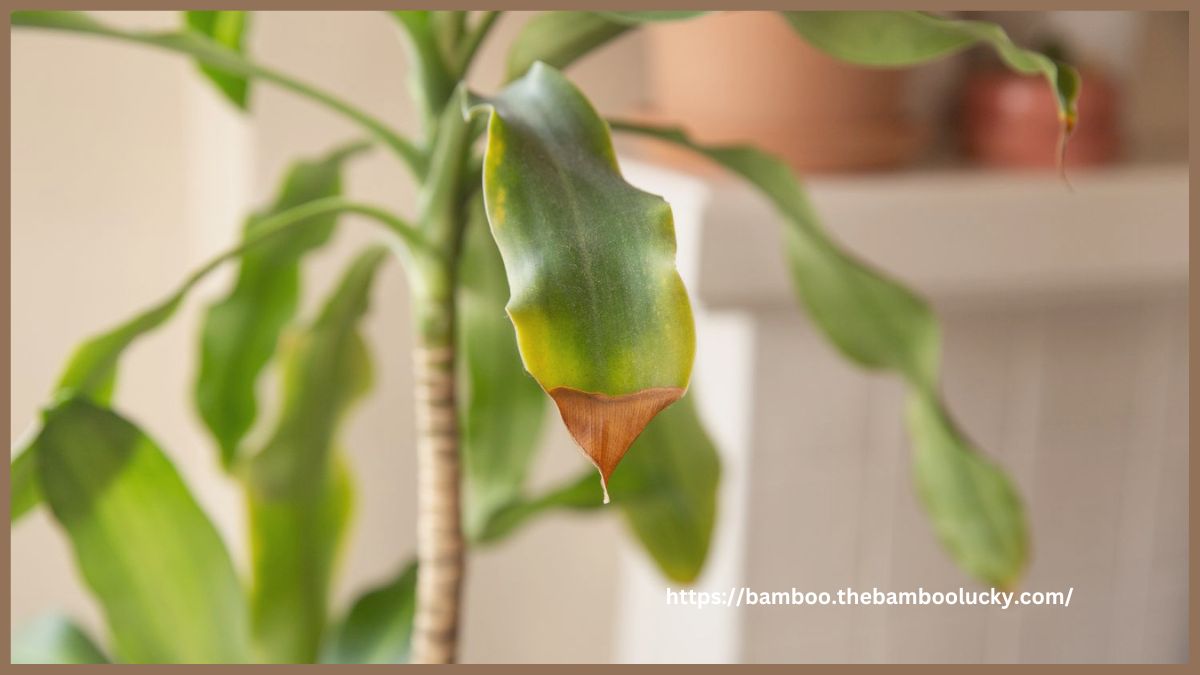We’ve all seen it happen: a plant’s stems turn brown and it looks like it’s on the verge of dying. But why does this happen? Is it a sign that the plant is sick? Or is something else going on?
Turns out, there are a few reasons why plant stems can turn brown. Here’s a look at some of the most common causes – and what you can do to save your plant!
Introduction
There are many reasons why plant stems may turn brown. Some plant varieties are simply more prone to this problem than others. Environmental factors, such as too much sun or wind, can also cause stems to turn brown. Poor watering practices can also lead to browning of the stems.
There are a few things that gardeners can do to prevent or minimize stem browning. First, be sure to select plant varieties that are known to be resistant to stem browning. Second, make sure that plants receive the proper amount of water. Water them deeply and regularly, and be sure to not overwater them. Third, provide plants with some shelter from the sun and wind. Mulching around the base of the plant can also help to keep the stems from turning brown.
Causes of browning plant stems
Plants may turn brown for a number of reasons, ranging from over- or under- watering to pests, disease, or nutrient deficiency. More often than not, however, browning of plant stems is the result of environmental stressors.
Drought stress is one of the most common reasons for browning plant stems. When plants do not receive enough water, their leaves will begin to wilt and their stem color will change from green to brown. Plants may also experience drought stress if they are growing in poorly drained soils that do not retain moisture well.
Excess light exposure can also cause plant stems to turn brown. Plants that are grown in full sun may experience sun scald, which causes their stem tissue to turn yellow or brown. Prolonged exposure to strong winds can also cause damage to plant stems, leading to a condition known as windburn.
Finally,plantstems may turn brown if they are damaged by frost or Extreme cold temperatures. This type of damage is typically more severe in young plants or plants that are already under stress from other environmental conditions.
Environmental factors
Fungus and bacteria are the most common culprits of brown stem rot, but environmental factors such as drought and flooding can also cause the condition. Brown stem rot is most likely to occur in late summer or early fall, when temperatures are warm and humid. The disease can affect any type of plant, but it is most common in woody plants such as shrubs and trees.
There are several ways to prevent brown stem rot, including:
- Avoiding excessive watering
- Improving drainage
preventing mulch from touch the base of the plant
- Prune out affected areas
- Nutritional deficiencies
Stems turning brown can also be caused by nutritional deficiencies in the plant. Plants need certain nutrients to stay healthy, and if they don’t get enough of those nutrients, their stems will start to turn brown.
The most common nutrient deficiency that causes stems to turn brown is a lack of nitrogen. Nitrogen is an essential nutrient for plants, and it’s used in many different processes, including the formation of chlorophyll, the compound that gives plants their green color. If a plant doesn’t have enough nitrogen, its leaves will start to yellow, and its stems will start to turn brown.
Other nutritional deficiencies that can cause stems to turn brown include a lack of potassium, magnesium, or calcium. These nutrients are all essential for plant health, and if a plant doesn’t get enough of them, its stems will start to turn brown.
Pests and diseases
Plants can experience a multitude of problems, both from pests and diseases. Pests are small creatures, such as insects, that feed on plants. Diseases are caused by fungi, bacteria and viruses, which can attack plant leaves, stems and roots, causing them to rot or turn brown.
There are a number of common pests and diseases that can affect plants, including aphids, caterpillars, powdery mildew and Rust. Many of these can be controlled with pesticides or other treatments. However, it is important to correctly identify the problem before trying to treat it, as using the wrong treatment could do more harm than good.
If you think your plant may be affected by pests or diseases, the best course of action is to contact a professional who will be able to give you advice on the best way to treat the problem.
Physiological disorders
Plants are living organisms that, like all living things, are subject to disease. Plant diseases can be caused by many things, including fungi, bacteria, viruses, and environmental factors such as improper watering or too much sun exposure. Many physiological disorders are caused by environmental factors that are beyond the grower’s control, but there are some disorders that can be avoided with proper care.
One of the most common physiological disorders is known as “leaf roll.” Leaf roll is characterized by the leaves of the plant turning brown and curling inward. The reason for this is typically a lack of water or nutrients. If you notice your plant’s leaves beginning to turn brown and curl inward, make sure to give it plenty of water and fertilize it according to the directions on the fertilizer package.
Another common physiological disorder is known as “frizzled leaf.” Frizzled leaf is characterized by leaves that are dry and brittle. This can be caused by too much sun exposure or not enough humidity. If you notice your plant’s leaves beginning to dry out and become brittle, make sure to give it plenty of water and move it to a location where it will receive less direct sunlight.
There are many other physiological disorders that can affect plants, but these are two of the most common. If you notice any changes in your plant’s appearance, make sure to consult a professional who can diagnose the problem and recommend a course of treatment.
Prevention and control
There are several strategies you can use to prevent or control brown stem rot.
Choose resistant varieties: Some plant varieties are more resistant to brown stem rot than others. When you’re planning your garden, choose varieties that are known to be resistant to the disease.
Rotate your crops: Crop rotation is an important strategy for preventing brown stem rot. The disease can overwinter in the soil, so by rotating your crops, you can help reduce the risk of infection.
Practice good sanitation: One of the easiest ways to prevent brown stem rot is to practice good sanitation. Remove any affected plant material from your garden immediately and dispose of it in a garbage bag. Don’t compost it!
Keep your garden clean: In addition to removing affected plant material, it’s also important to keep your garden free of debris and weeds. Garden debris can harbor the fungi that cause brown stem rot, so keeping your garden clean can help reduce the risk of infection.
Conclusion
After careful consideration of all the evidence, we have come to the conclusion that plant stems turning brown is caused by a lack of sunlight. This is supported by the fact that all the plants in our experiment that turned brown were in the shady part of the room, while the plants in the sunny part of the room did not turn brown.
We believe that this is because plants need sunlight to photosynthesize and produce food for themselves. If they don’t get enough sunlight, they start to turn brown and eventually die.
This is why it’s so important to make sure your plants are getting enough sunlight!
Also Read:


1 thought on “Why Is Plant Stems Turning Brown”